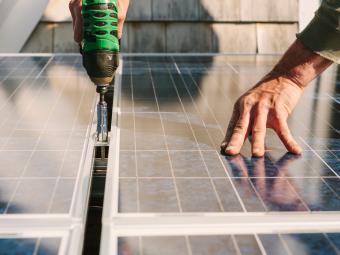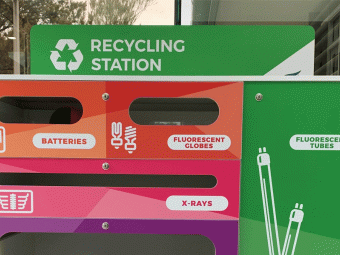The Victorian Government is banning e-waste (electronic waste) going to landfill as of 1 July 2019. e-waste is the world’s fastest growing waste stream. In 2016, 44.7 million tonnes of e-waste was generated worldwide and only about 20 per cent was recycled. Over the coming years, the amount of global e-waste is expected to increase to 52.2 million tonnes in 2021.
What is e-waste?
e-waste refers to any item with a plug, battery or cord that is no longer working or wanted, such as large appliances like fridges; small appliances like toasters and hair dryers; IT, telecommunications and TV equipment like computers and printers; lighting equipment such as fluorescent lamps; electrical and electronic tools like drills and sewing machines; toys, leisure and sports equipment such as hand held video games and radios.
Why should it be recycled?
Most e-waste contains valuable materials which can be recycled. e-waste also contains hazardous materials, such as heavy metals like lead, mercury and cadmium, which should be kept out of landfill.
Where can I recycle my e-waste?
Council hard waste collection service
Residents with a Council residential waste service are eligible for up to 2 hard waste collections per year. e-waste can be collected as a part of a hard waste collection.
e-waste event
Council also holds an e-waste collection event in March/April every year. Disposal of e-waste is free for Manningham residents.
Local Transfer Stations
There are several transfer stations in our neighbouring councils that will take e-waste. See a list of nearby transfer stations and their contact details.
Other recycling centres
See a list of other drop off locations.
Learn more about the e-waste ban by visiting Sustainability Victoria's website or give them a call on 9210 2660.


